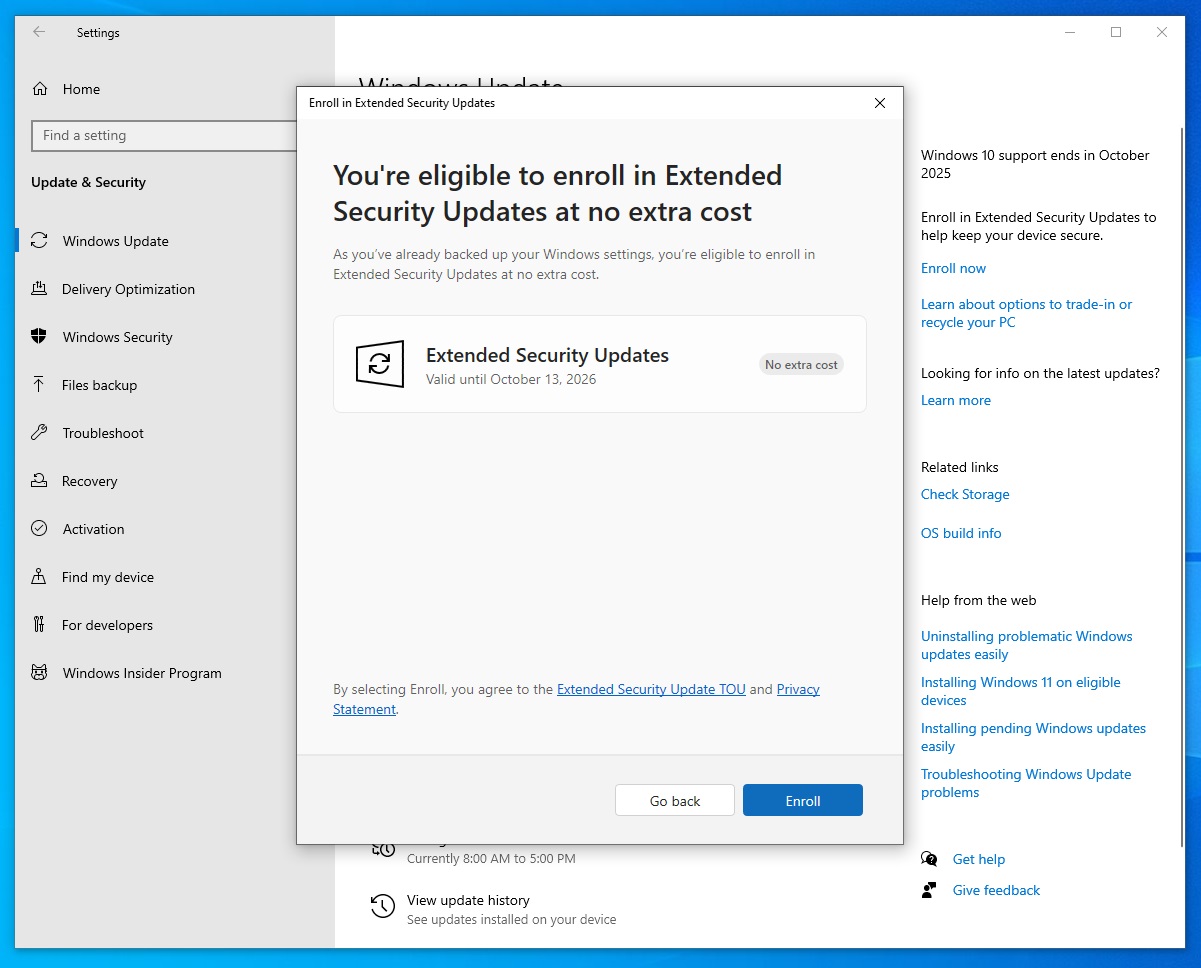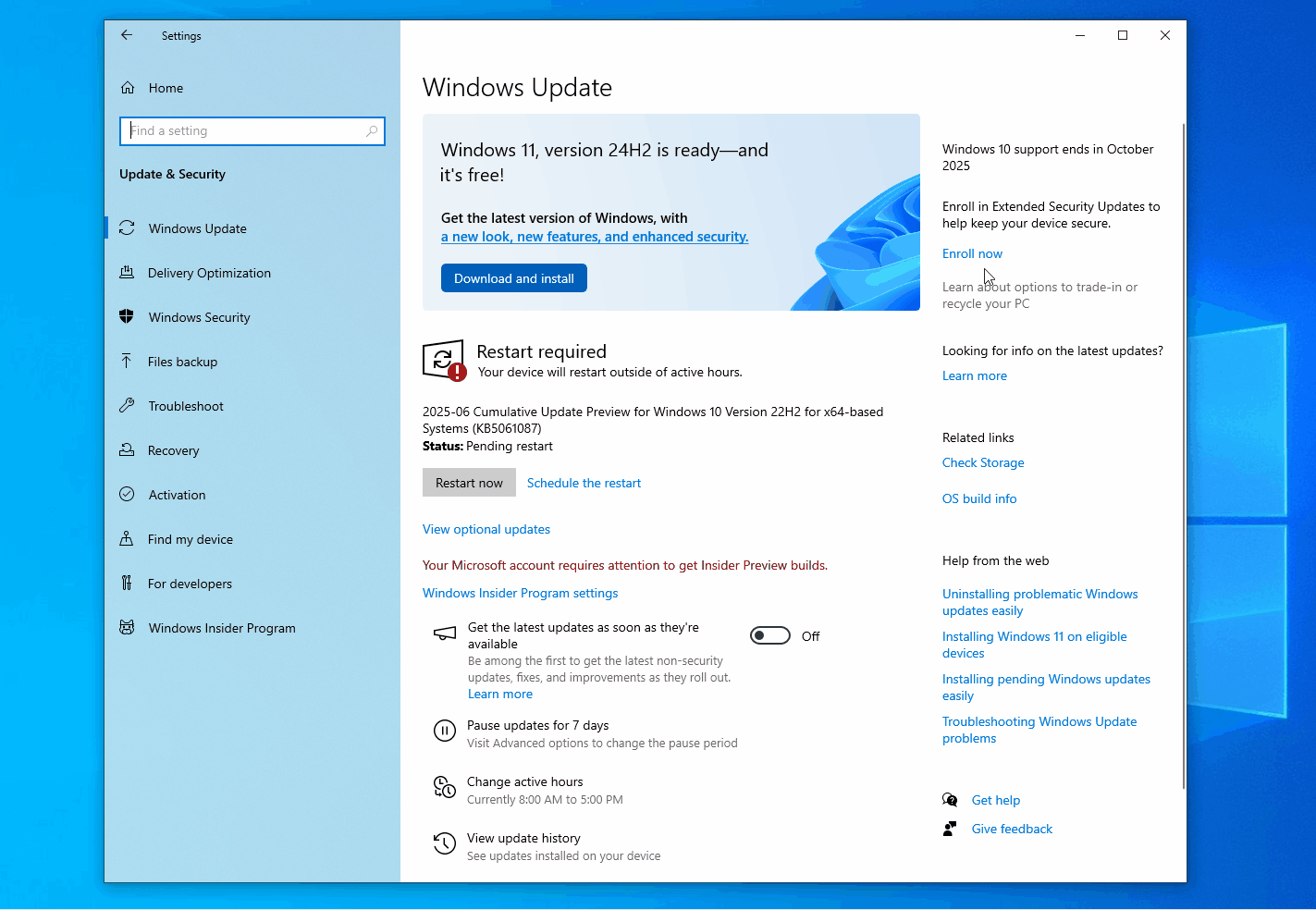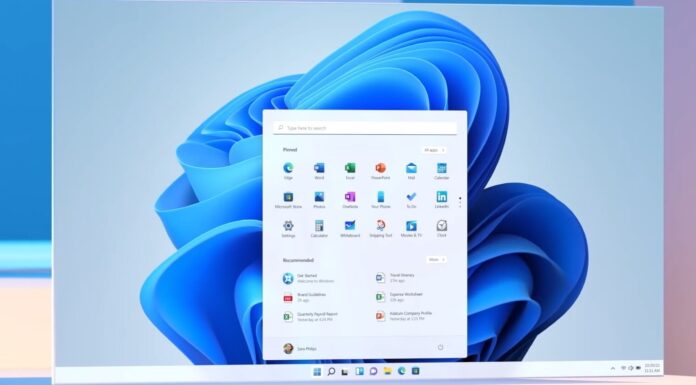Microsoft has extended Windows 10’s support with some conditions, and Google Chrome has already started preparing for the inevitable. In a Chromium post, Google confirmed it now checks if a PC is eligible for Windows 11. Chrome is running these tests for data usage purposes, and the numbers would influence Google’s decision to support the browser in future.
While looking for Windows 11-related changes to Chromium, Windows Latest spotted a Chromium post where Google clearly noted that it’s adding a metric for determining Windows 11 upgrade eligibility in Chrome.
It doesn’t mean Chrome will warn or block you if you keep using the browser after Windows 10’s end of support, but it confirms Google is likely gathering data to determine the number of unsupported PCs (potential Windows 10 customers) and decide how long they need to support the OS.
The Chromium commit adds a small check that runs every time Chrome starts on a Windows 10 PC. It looks at your hardware (CPU model, RAM, storage size, TPM 2.0, Secure Boot, etc.) and decides “yes” or “no” on whether the PC meets Windows 11 requirements. Chrome then saves that single true/false value in its anonymous usage statistics.

Based on our analysis, Google has created a flag called “IsWin11UpgradeEligible,” which is present in base/win/hardware_check. When Chrome starts on Windows 10, it now calls this helper once, which:
- Reads CPU vendor/model/stepping.
- Confirms at least 4 GB RAM and 64 GB free disk.
- Queries the registry to be sure UEFI Secure Boot is ON.
- Uses the TPM Base Services API (tbs.dll) to check that TPM 2.0 is present.
These are all the things you need to meet to be officially eligible for Windows 11. Windows Latest understands that it is only for Google’s own data, so they can see how many Windows 10 users could upgrade when the old OS reaches the end of support, and decide its plans accordingly.
Google is laying down the groundwork for the future end of support of Chrome on Windows 10, which might be years away. Chrome could remain supported on Windows 10 even after the operating system loses support next year.
Windows 10’s end of support is still October 14, 2025, but you can now extend

Windows 10’s support technically ends on October 14, 2025, but Microsoft will nudge users to either get Windows 11 or stay on Windows 10 by a) linking a Microsoft account, b) signing up for Microsoft Rewards points or c) paying $30 to keep using the operating system with a local account.

This will give you another year of security updates. But on October 13, 2026, when Windows 10 extended security updates end, you’ll be forced to make a choice, and Google Chrome is preparing for that day.
Based on past trends, Microsoft may not extend Windows support beyond the already extended security updates.






















